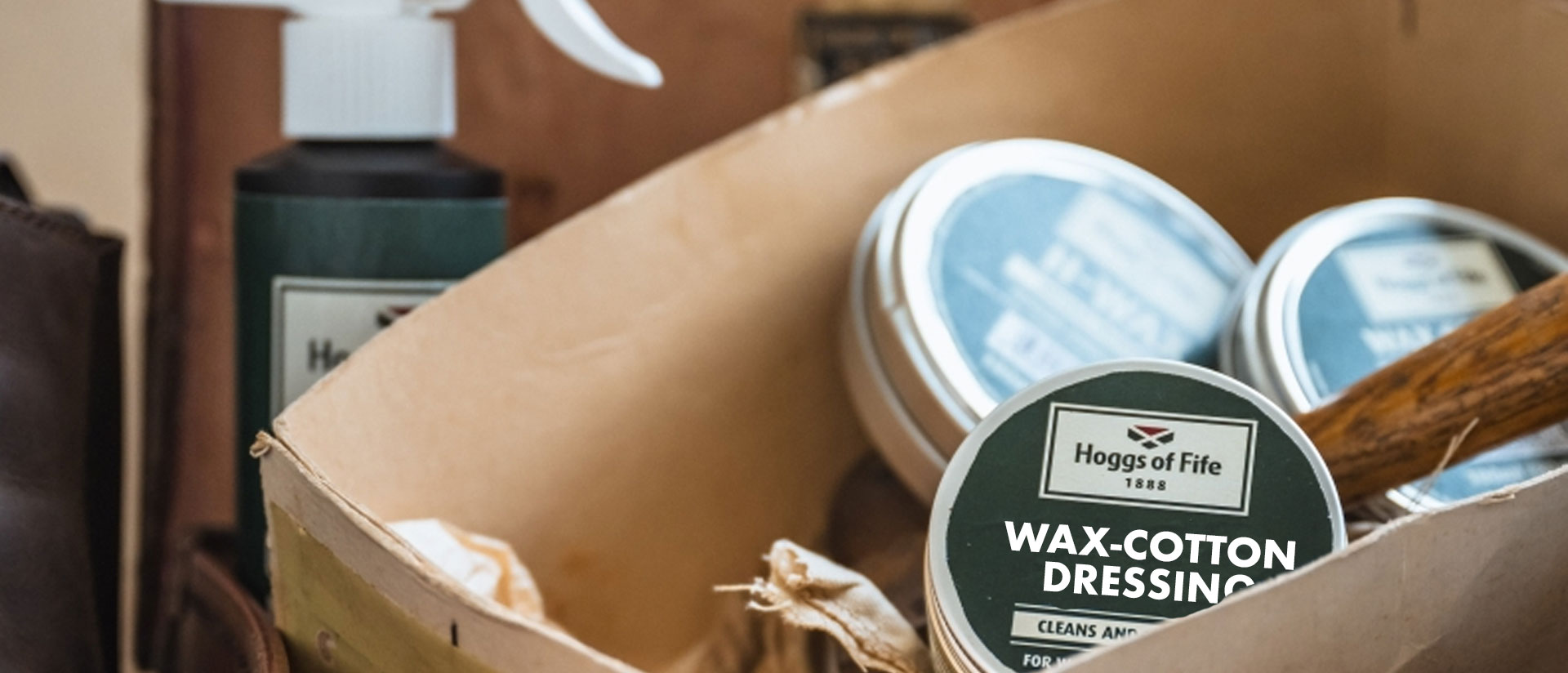Filter by Topic:
Posted by Bethan Bithell on Jan 27, 2021
It goes without saying that when out walking or hiking, your feet do most of the hard work. This is why it’s so important to make sure that your feet are equipped to tackle the terrain ahead with the appropriate walking boots or shoes, socks and insoles.
There are many possible causes of foot problems, including:
- inappropriate footwear (such as gym trainers for hiking)
- incorrect insoles (such as leather insoles in walking boots)
- unsuitable socks (such as thin, cotton socks for beating)
This guide outlines:
- the potential benefits to wearing insoles
- the importance of wearing insoles to alleviate certain foot ailments.
We have also written guides on the Best Boots to wear for Comfortable Feet, Differences between a vibram sole unit and a rubber sole unit on walking boots, and the most Suitable Socks for Outdoor Pursuits.
Foot Problems
In order to determine which insoles will suit your feet, it may help to have a better understanding of the foot's anatomy. Many walkers and hikers complain of aching feet after a walk and the main cause of this is wearing the wrong type of walking boot and shoe insoles for the shape of your foot.
There are many technical insoles on the market today that have been designed to support the foot’s arch. The foot's arch comprises many bones (tarsal and metatarsal), ligaments and tendons. The purpose of this arch is to support the weight of the body – but this can only be done successfully when in the correct posture, with an even distribution of weight and movement.
There are three arch positions:
- Normal Arch
- High Arch
- Flat Arch

High Arch
With a high arch, most of the impact and shock to the foot sustained when walking will be absorbed by the heel and ball of the foot. Due to less surface area to absorb the impact, excessive pressure is placed on the rear of the foot and fore-foot. This can result in a pain in the heel or ball-of-foot.
Flat Arch (or low/fallen arches)
A flat arch type foot the whole foot is ‘flat’ upon the ground. This puts extra strain on muscles and ligaments and may cause pain in the legs when walking. Some walkers or hikers with flat arches suffer with pain in the inside of their ankles, knees, hip, back, calf and outerside of the foot.
Normal Arch
A foot with a normal arch has weight distributed equally across the foot and heel, therefore supporting the weight of the body correctly.
Aiming to resolve these problems:
There are many different types of insoles that assist with correcting the foot arch. Many orthotic insoles help to fill in the arch cavity and spread the ‘impact shock’, providing extra cushioning and alignment, to help prevent further injuries and maintain a comfortable walk.
Other foot problems and recommended insoles
There are many foot problems associated with working outdoors, walking, hiking or standing for long periods of time. Below are some common problems, their causes and recommendations on how to resolve or alleviate the problem.
Problem 1:
Calluses and/or corns
Corns and calluses are hard or thick areas of skin that can be painful.
Cause:
Pressure/friction caused by inappropriate footwear and/or socks (or lack of socks)
Recommendations:
An insole with shock absorption technology to alleviate the impact and add cushioning when walking. For added cushioning, consider wearing a pair of walking socks with extra padding on the heel and toe area such as the 1000 Mile Approach Socks.
Recommended insole:
Grisport Active Anti-Shock Gel Insoles

Problem 2:
Sore, achey feet
Cause:
Insufficient arch support in existing insoles
Recommendations:
Additional support in arch area and cushioning to absorb impact shock when walking
Recommended insole:
Grisport Ultra Absorbent Insoles
Problem 3:
Cold feet
Cause:
- Insufficient damp/cold protection from inappropriate footwear, socks with insufficient thermal properties or from existing insoles
- Working/standing on concrete for long periods of time (e.g. mechanics, stable hands)
Recommendations:
- Invest in appropriate footwear for the task in hand, take a look at our guide on Finding a Comfortable Walking Boot
- Ensure your insoles are up to scratch, consider investing in insoles specifically designed to keep heat in and moisture out
Recommended insole:
Problem 4:
Blisters
Cause:
Friction/feet overheating
Recommendation:
Feet overheat due to lack of air circulating within the boots/shoes. Replacing the insoles which have breathable aeration holes and perspiration absorbing anti-blister materials will help to regulate the foot's temperature
Recommended insole:
Grisport Sports Plus Gel Insole
While we recommend trying insoles to improve comfort, in some severe cases, purpose built orthotics may be necessary. If you think this is something you should consider we recommend this be discussed with your GP. Wearing the right socks is also important to avoid foot problems. If suffering with foot issues due to diabetes, then a pair of HJ Hall Socks are needed, especially the softop range.


